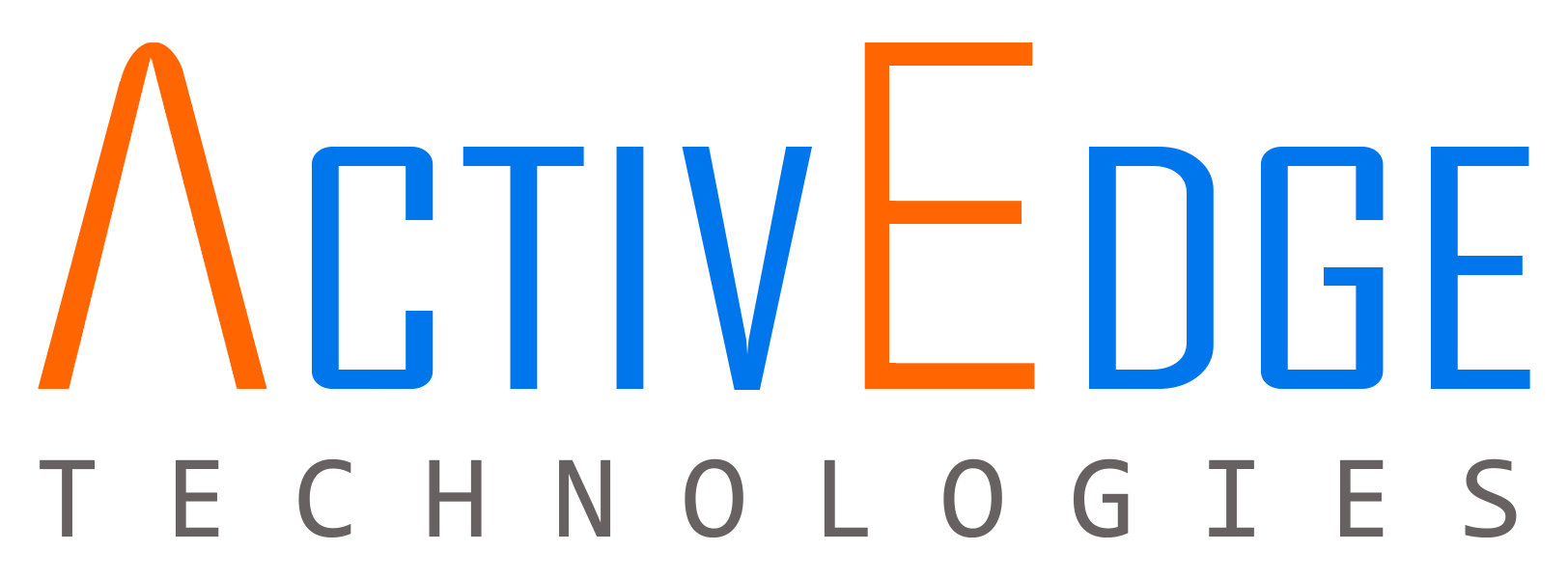What is AIOps
Learn how Artificial Intelligence for IT Operations (AIOps) uses data and machine learning to improve and automate IT service management
What is AIOps?
Coined by Gartner, AIOps—i.e., artificial intelligence for IT operations—is the application of artificial intelligence (AI) capabilities, such as natural language processing and machine learning models, to automate and streamline operational workflows.
Specifically, AIOps uses big data, analytics, and machine learning capabilities to do the following:
- Collect and aggregate the huge and ever-increasing volumes of data generated by multiple IT infrastructure components, application demands, performance-monitoring tools, and service ticketing systems
- Intelligently shift’signals’ out of the ‘noise’ to identify significant events and patterns related to application performance and availability issues.
- Diagnose root causes and report them to IT and DevOps for rapid response and remediation—or, in some cases, automatically resolve these issues without human intervention.
By integrating multiple separate, manual IT operations tools into a single, intelligent, and automated IT operations platform, AIOps enables IT operations teams to respond more quickly—even proactively—to slowdowns and outages with end-to-end visibility and context.
It bridges the gap between an increasingly diverse, dynamic, and difficult-to-monitor IT landscape and siloed teams, on the one hand, and user expectations for little or no interruption in application performance and availability, on the other. Most experts consider AIOps to be the future of IT operations management, and the demand is only increasing with the increased business focus on digital transformation initiatives.
Implementing AIOps
The journey to AIOps is different in every organization. Once you assess where you are in your journey to AIOps, you can start to incorporate tools which help teams to observe, predict, and act quickly to IT operational issues. As you consider tools to improve AIOps within your organization, you’ll want to ensure that they have the following features:
Observability: Observability refers to software tools and practices for ingesting, aggregating, and analyzing a steady stream of performance data from a distributed application and the hardware it runs on, in order to more effectively monitor, troubleshoot and debug the application to meet customer experience expectations, service level agreements (SLAs) and other business requirements. These solutions can give a holistic view across your applications, infrastructure, and network through data aggregation and consolidation, but do not take corrective action to address IT issues. Although they do not take corrective action to address IT issues, they do collect and aggregate IT data from a variety of data sources across IT domains to alert end users of potential issues, expecting IT service teams to implement the necessary remediation. While the data and corresponding visualizations from these tools are valuable, they create a dependency on IT organizations to make decisions and respond appropriately to technical issues. Resource optimization that requires an operator to manually update operational systems may not see the benefits in dynamic demand situations.
Predictive analytics: AIOps solutions can analyze and correlate data for better insights and automated actions, allowing IT teams to maintain control over the increasingly-complex IT environments and assure application performance. Being able to correlate and isolate issues is a massive step forward for any IT Operations team. It reduces times to detect issues that might not have otherwise been found in the organization. Organizations will reap the benefits of automatic anomaly detection, alerts and solution recommendations, which in turn reduces overall downtime as well as the number of incidents and tickets. Dynamic resource optimization can be automated using predictive analytics, which can assure application performance while safely reduce resource cost even during high variability of demand.
Proactive response: Some AIOps solutions will proactively respond to unintended events, such as slowdowns and outages, bringing application performance and resource management together in real-time. By feeding application performance metrics into predictive algorithms, they can identify patterns and trends that coincide with different IT issues. With ability to forecast IT problems before they occur, AIOps tools can launch relevant, automated process in response, rectifying issues quickly. Organizations will be able to see the benefits from intelligent automation, such as improve mean time to detection (MTTD).
This type of technology is the future of IT operations management as it can help business improve the both the employee and customer experience. Not only do AIOps systems ensure that IT service issues are resolved in a timely manner but they also provide a safety net for IT operation teams, addressing issues that may fall through the cracks due to human oversight, such as organizational silos, under-resourced teams, and more.
Benefits of AIOps
The overarching benefit of AIOps is that it enables IT operations to identify, address, and resolve slow-downs and outages faster than they can by sifting manually through alerts from multiple IT operations tools. This results in several key benefits:
- Faster mean time to resolution (MTTR): By cutting through IT operations noise and correlating operations data from multiple IT environments, AIOps is able to identify root causes and propose solutions faster and more accurately than humanly possible. This enables organizations to set and achieve previously unthinkable MTTR goals. For example, Vivy’s IT infrastructure reduced the mean time to repair (MTTR) for the company’s app by 66%, from three days to one day or less.
- Lower operational costs: Automatic identification of operational issues and re-programmed response scripts will reduce operational costs, allowing for better resource allocation. This also frees up staffing resources to work on more innovative and complex work, leading to an improved employee experience. Through optimization, Providence saved more than USD 2 million while assuring app performance during peaks.
- More observability and better collaboration: Available integrations within AIOps monitoring tools facilitate more effective cross-team collaboration across DevOps, ITOps, governance and security functions. Better visibility, communication, and transparency allows these teams to improve decision-making and respond to issues more quickly. As an example, Dealerware brought more observability to their container-based architecture, which improved app performance during the pandemic and reducing delivery latency by 98%.
Go from reactive to proactive to predictive management: With built-in predictive analytics capabilities, AIOps continuously learns to identify and prioritize the most urgent alerts, letting IT teams address potential problems before they lead to slow-downs or outages. Electrolux accelerated IT-issues resolution from 3 weeks to an hour via faster Meantime to detection (MTTD) and saved more than 1,000 hours per year by automating repair tasks.
AIOps use cases
AIOps incorporates big data, advanced analytics, and machine learning capabilities to tackle the following use cases:
- Root cause analysis: As the name suggest, root cause analyses determine the root cause of problems in order to remediate with the appropriate solutions. By identifying root causes, teams can avoid unnecessary work involved with treating symptoms of the issue versus the core problem. For example, an AIOps platform can trace the source of a network outage to resolve immediately and set up safeguards to prevent the similar problems in the future.
- Anomaly detection: AIOps tools can comb through large amounts of historical data and discover atypical data points within a dataset. These outliers act as ‘signals’ which identify and predict problematic events, such as data breaches. This capability allows businesses to avoid costly consequences, such as negative PR, regulatory fines, and declines in consumer confidence.
- Performance Monitoring: Modern applications are often separated by multiple layers of abstraction, making it difficult to understand which underlying physical server, storage, and networking resources are supporting which applications. AIOps helps to bridge this gap. It acts as a monitoring tool for cloud infrastructure, virtualization, and storage systems, reporting on metrics such as usage, availability, and response times. In addition, it leverages event correlation capabilities to consolidate and aggregate information, enabling better information consumption for end users.
- Cloud adoption/migration: For most organizations, cloud adoption is gradual, not wholesale, resulting in a hybrid multicloud environment (private cloud, public cloud, multiple vendors), with multiple interdependencies that can change too quickly and frequently to document. By providing clear visibility into these interdependencies, AIOps can dramatically reduce the operational risks of cloud migration and a hybrid cloud approach.
- DevOps adoption: DevOps speeds development by giving development teams more power to provision and reconfigure infrastructure, but IT still has to manage that infrastructure. AIOps provides the visibility and automation IT needs to support DevOps without a lot of additional management effort.
How does AIOps work?
The easiest way to understand how AIOps works is to review the role that each AIOps component technology—big data, machine learning, and automation—plays in the process.
AIOps uses a big data platform to aggregate siloed IT operations data, teams, and tools in one place. This data can include the following:
- Historical performance and event data
- Streaming real-time operations events
- System logs and metrics
- Network data, including packet data
- Incident-related data and ticketing
- Application demand data
- Infrastructure data
AIOps then applies focused analytics and machine learning capabilities:
- Separate significant event alerts from the ‘noise’: AIOps combs through your IT operations data and separate signals—significant abnormal event alerts— from noise (everything else).
- Identify root causes and propose solutions: AIOps can correlate abnormal events with other event data across environments to zero in on the cause of an outage or performance problem and suggest remedies.
- Automate responses, including real-time proactive resolution: At a minimum, AIOps can automatically route alerts and recommended solutions to the appropriate IT teams, or even create response teams based on the nature of the problem and the solution. In many cases, it can process results from machine learning to trigger automatic system responses that address problems in real-time, before users are even aware they occurred.
- Learn continually, to improve handling of future problems: AI models can also help the system learn about and adapt to changes in the environment, such as new infrastructure provisioned or reconfigured by DevOps teams.
The ActivEdge Advantage
Are you ready to transform your IT operations and make the leap to proactive and predictive management? If you’re a senior executive, cloud engineer, or cloud security enthusiast, Activedge has the AIOps expertise you need. Reach out to us today to start a conversation about implementing AIOps to boost your business.
Don’t wait for issues to slow you down—let AIOps enable you to predict and prevent problems before they happen. Join the future of IT operations with Activedge. Get in touch now.

